Disclosure: This post has affiliate links. I earn a commission at no extra cost to you. I only recommend products I personally believe in. More info on my Privacy Policy page.
Mastering Core Web Vitals: The New Standard for SEO Success
Table of Contents
Core Web Vitals are three key metrics from Google that measure how well a website performs for real users. They focus on speed, interactivity, and visual stability, which heavily affect user experience.
As of 2025, these metrics include:
- Largest Contentful Paint (LCP) – how quickly the main content loads. Aim for under 2.5 seconds.
- Interaction to Next Paint (INP) – how fast the page responds to user actions. This replaced First Input Delay (FID). Keep it below 200 milliseconds.
- Cumulative Layout Shift (CLS) – how stable the layout is as it loads. Try to stay under 0.1.
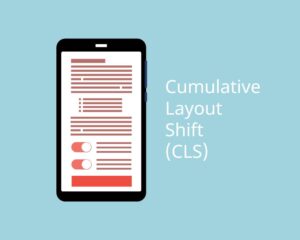
These aren’t just lab numbers — they come from real-world data sources like the Chrome User Experience Report. That means they reflect what visitors see and feel when using your site.
Why does this matter? Google uses these metrics in its search ranking algorithm. Just as importantly, a fast, responsive site—like those optimised by SEO CoPilot — keeps visitors engaged and more likely to stay.
Is your site hitting these targets? If not, a performance check might be overdue. Simple fixes like optimising images, deferring scripts, or properly sizing media elements can make a big difference.
Why Core Web Vitals Matter for SEO
In 2025, Core Web Vitals will no longer be technical extras; they will be essential for ranking higher in search results.

Even if your content is excellent and you’ve built strong backlinks, rankings can still suffer if your site fails Google’s performance thresholds. These metrics—speed, responsiveness, and visual stability help Google judge which sites offer the best user experience.
Improving them brings two key benefits:
- Higher search rankings – Google rewards performance.
- Happier users – Fast, stable websites keep people around longer.
It also impacts:
- Bounce rates – Visitors are more likely to stay if your site loads quickly.
- Conversions – A smooth experience encourages users to take action.
- Mobile success – Every second counts on mobile, where most browsing happens.
Ask yourself: Is your site responsive and stable enough to compete? Regular performance checks and minor technical tweaks can deliver noticeable improvements.
2025 Updates: What’s Changed?
This year’s most significant change was Google’s replacement of First Input Delay (FID) with Interaction to Next Paint (INP) as the responsiveness metric.
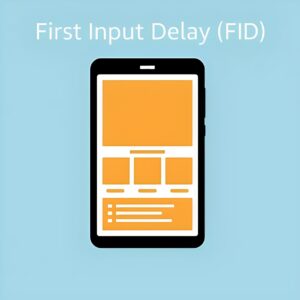
Why the shift? FID only measured how quickly your site responded to the first user interaction. INP offers a more complete picture—it tracks responsiveness across all interactions during a session.
This means:
Consistency counts – Your site needs to stay responsive throughout the visit.
Tools have updated – Google tools like Search Console and Page Speed Insights now report INP instead of FID, so expect changes in your performance reports.
To stay ahead:
- Audit interactivity on high-traffic pages
- Minimise long tasks and blocking scripts
- Use performance tools to find and fix delays
Have you checked your INP score yet? Improving it now can protect rankings and ensure a smoother user experience.
How to Measure Core Web Vitals
To improve performance, you first need to measure it. Fortunately, there are plenty of free tools to help:
- Page Speed Insights – Gives LCP, INP, and CLS scores plus actionable suggestions.
- Google Search Console – The Core Web Vitals report shows indexed pages that need attention.
- Lighthouse (in Chrome Dev Tools) – Provides lab-based testing in a controlled setting.
- Chrome User Experience Report (Crux) – Offers real-world performance data from Chrome users.
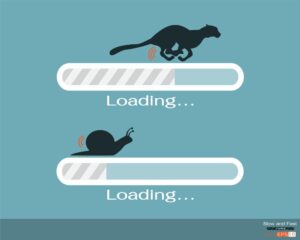
For deeper insights:
- GT Metrix or Webpage Test – Help pinpoint what’s slowing you down.
- Performance monitoring services – Schedule scans and get alerts if metrics dip.
Keep an eye on these thresholds:
- LCP: under 2.5 seconds
- INP: under 200 milliseconds
- CLS: below 0.1
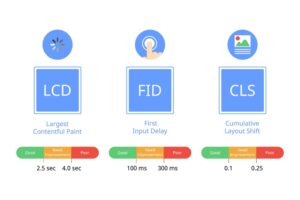 Each score is flagged as Good, Needs Improvement, or Poor. Start by testing a key page. Page Speed Insights often highlights simple fixes that make a significant impact.
Each score is flagged as Good, Needs Improvement, or Poor. Start by testing a key page. Page Speed Insights often highlights simple fixes that make a significant impact.
Practical Strategies to Improve Each Metric
To improve these metrics, you need to focus on what affects each specific metric. Here’s a breakdown of what to do—and how to get results that stick.
Some improvements—especially those involving JavaScript optimisation or layout stability may require a web developer’s help, as they can be tricky for DIYers to handle alone.
1. Largest Contentful Paint (LCP)
Goal: Speed up the loading of main content.
Tactics:
- Use modern image formats like WebP or AVIF
- Compress HTML, CSS, and JS files using GZIP or Brotli
- Lazy-load off-screen images and videos
- Serve content via a CDN
- Optimise and inline only critical CSS
Quick win: Prioritise loading the most visible element on your page (like a hero image).
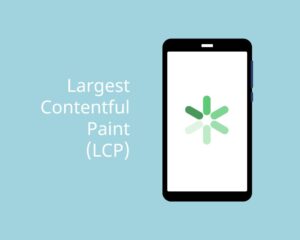
2. Interaction to Next Paint (INP)
Goal: Ensure your site responds quickly to user actions.
Ways to improve:
- Remove unused JavaScript and break long tasks into smaller chunks
- Defer or async non-critical scripts
- Optimise event handlers—debounce inputs and streamline click actions
- Reduce layout thrashing and excessive DOM updates
3. Cumulative Layout Shift (CLS)
Goal: Keep the layout stable while loading.
Best practices:
- Define width and height for images, videos, and embeds
- Avoid adding content above already loaded areas
- Reserve space for ads or dynamic content
- Use aspect-ratio boxes for responsive elements
Common pitfall: Unexpected banners or pop-ups that shift page layout drive users away.
Even minor changes (like a new script) can affect CLS. To catch issues early, run audits regularly using tools like Lighthouse.
Mobile-First Optimisation
With most web traffic now on mobile, poor phone performance will cost visitors and rankings.

Here’s how to optimise with a mobile-first approach:
- Responsive design – Avoid fixed widths or side-scrolling
- Image and video optimisation – Use scalable formats and compress files
- Minify CSS/JS – Lean code loads faster on slow connections
- Caching – Store assets in-browser for faster repeat visits
- Use a CDN – Deliver content quickly, no matter the user’s location
Design for mobile usability:
- Make buttons large and tap-friendly
- Ensure text is legible without zooming
- Keep navigation simple with collapsible menus or sticky headers
Remember: Google ranks your mobile version with mobile-first indexing. Don’t let a poor mobile experience drag down your entire SEO strategy.
Staying Ahead: Monitoring and Continuous Improvement
Core Web Vitals aren’t a one-time fix—they require ongoing attention.
Here’s how to stay proactive:
- Set up automated monitoring with tools like Lighthouse or Webpage Test
- Use Real User Monitoring (RUM) tools for live performance data
- Audit top pages regularly, especially after updates
- Log changes alongside performance scores to see what impacts what
To stay future-ready:
- Follow updates from Google and trusted web performance blogs
- Try new techniques—like preloading fonts or native lazy loading
- Test on real devices as well as emulators for a complete picture
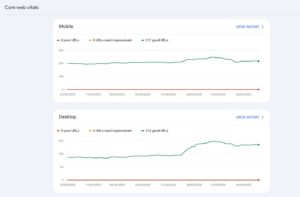
When was your last performance check? Making audits part of your workflow helps you catch dips early and keep your site fast and user-friendly.
Final Thoughts
Mastering Core Web Vitals is essential for both SEO and user experience.
By understanding LCP, INP, and CLS and applying focused strategies, you can build a site that loads quickly, responds smoothly, and stays visually stable.
But it doesn’t end there. Ongoing monitoring and regular performance checks are key to staying ahead.
Doing this well helps you:
- Climb higher in search rankings
- Offer a seamless experience that keeps users engaged
- Build trust and drive more conversions
Ready to improve your site’s performance?
Call SEO CoPilot today on 01246 556565 for expert help building a site that search engines—and your visitors — will love.
